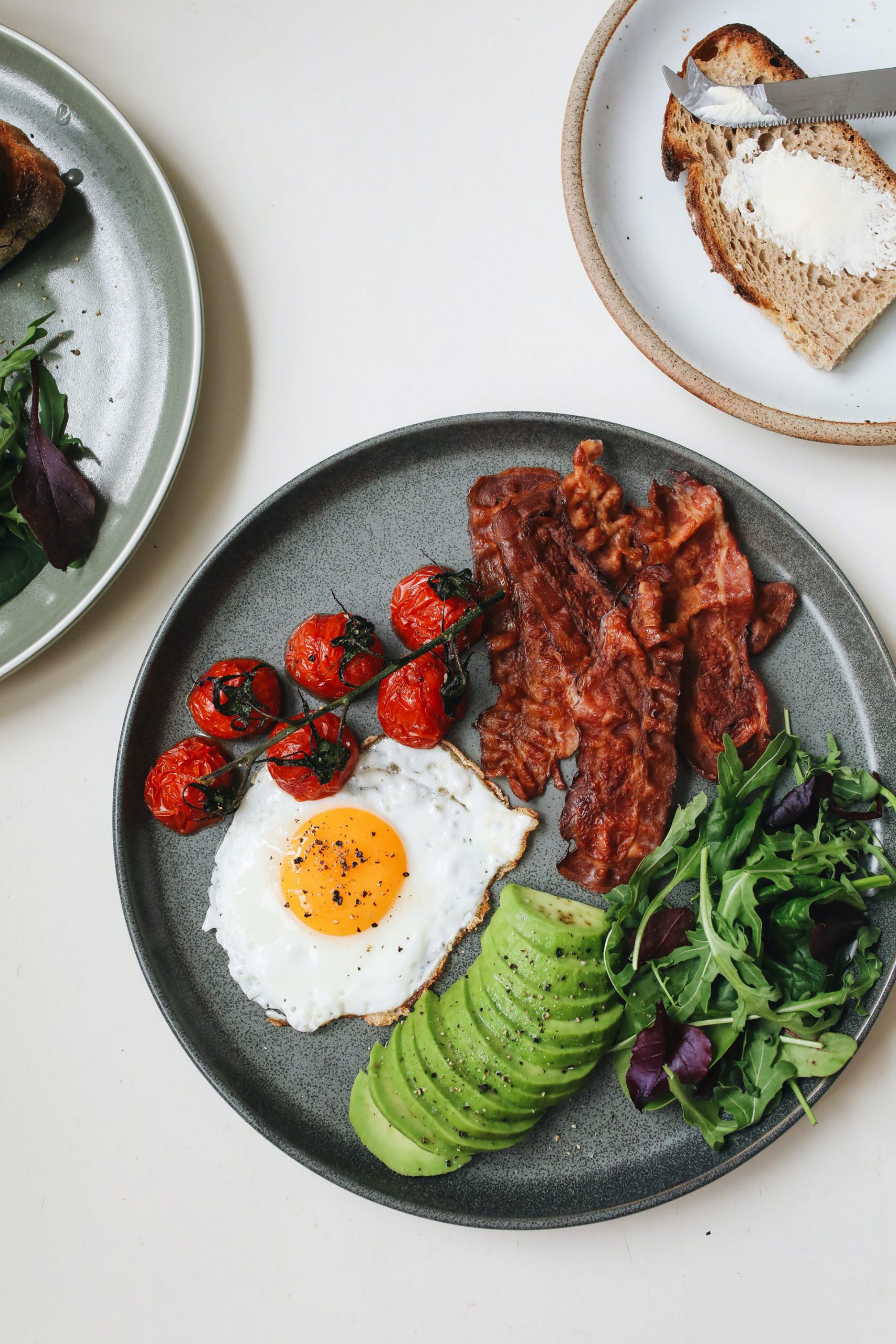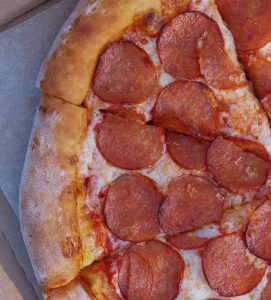
- Readers Rating
- No Rating Yet!
- Your Rating
3D food, a groundbreaking technology, employs 3D printers to create three-dimensional foods. Layers of edible ingredients are overlaid to form unique structures. This innovative process offers customization, culinary creativity, and the potential to address future food challenges, and in this mentta post, we’re here to explain it to you in more detail.
What is 3D food?
“3D food” or “3D food printing,” is an emerging technology that utilizes specialized 3D printers to create layered three-dimensional foods. It operates by depositing edible materials, typically pasty or liquid, layer by layer to build the three-dimensional structure of the food.
This technology enables the creation of foods with complex shapes and textures, as well as precise and controlled ingredient combinations. It can be used to produce customized foods tailored to specific dietary needs or to achieve creative culinary presentations. Additionally, 3D food has applications in the food industry, molecular gastronomy, hospitals, and the restaurant sector, and it can contribute to innovation in food and cuisine.

Is it edible?
Yes, 3D food is entirely edible and safe for human consumption. 3D food printing technology uses edible ingredients to create food products, and these ingredients must adhere to food safety standards. The materials used in 3D food printing are composed of real foods, such as fruit purees, vegetables, bread dough, chocolate, ground meat, and other edible ingredients.
When a food is 3D printed, layers of ingredients are built up to form the desired structure. These foods can range from simple shapes to complex designs and may contain various ingredients that are combined in a specific way to create the desired texture and flavor.
It’s important to note that, as with any food technology, hygiene and food safety standards must be followed throughout the printing process to ensure that the food produced is safe and suitable for human consumption. Additionally, the ingredients and materials used should be safe and appropriate for consumption, just as in traditional food preparation.
When was 3D food printing created?
“3D food printing” began to develop in the early 2000s, although its origins can be traced back to earlier research and developments in 3D printing in general.
The concept of printing food has evolved and improved over time, with significant advancements in technology and applications over the past two decades. One of the first foods to be 3D printed was chocolate, and it has since expanded to include a variety of foods such as pasta, cookies, ground meat, fruits, and more.
Interest and research continue to evolve, with new ways being explored to enhance the technology for creating more complex, personalized, and nutritious foods. While the technology is constantly developing, its potential to revolutionize the food industry and food preparation is promising and remains an active area of research and innovation.
3D Printed Foods
This technology has advanced in recent years and has enabled the creation of a wide variety of foods. Here are some examples of foods that have been 3D printed:
- 3D Printed Chocolate:
- One of the first foods to be 3D printed was chocolate. Complex shapes and designs can be created using melted chocolate.
- Cookies and Sweets:
- Cookies, candies, and other sweets have been 3D printed using suitable ingredients for 3D printing.
- Pasta:
- Pasta is another food that has been 3D printed to create unique shapes and designs.
- Pizzas:
- Some 3D printers can produce customized pizzas by layering dough and ingredients to form the pizza.
- Burgers and Ground Meat:
- There have been experiments with 3D printing burgers and ground meat from meat and other ingredients, creating specific textures and structures.
- Fruits and Vegetables:
- Although more challenging due to the nature of fruits and vegetables, research is being conducted to 3D print foods made from fruit and vegetable purees.
- Ice Cream:
- 3D printing has been used to create ice cream with interesting shapes and textures.
- Dairy Products:
- There have been experiments with 3D printing dairy products such as cheese and butter.
These are just some examples, and the technology continues to evolve, allowing for an even broader range of foods to be 3D printed in the future. 3D food printing offers creative and customized possibilities in food presentation and preparation.

And the taste…?
The taste of 3D printed food can vary depending on various factors, including the ingredients used, their quality, the printing techniques employed, and how the ingredients are combined and processed. In general, 3D food printing technology is continuously evolving and improving to address issues related to the taste and texture of printed foods.
It’s important to note that 3D printing primarily focuses on the shape and presentation of food, enabling the creation of unique forms and structures that would be challenging to achieve conventionally. However, the complete sensory experience of food, including its taste, also heavily depends on the quality and variety of ingredients, as well as proper flavor preparation and combination.
Chefs and food scientists are working on techniques to enhance the gastronomic experience of 3D printed foods, ensuring that they maintain a delicious and authentic taste. Methods are being researched to optimize the textures and flavors of printed foods, as well as to incorporate aromas and flavors that enhance the sensory experience.
In summary, while 3D printing technology can influence the perception of taste by altering the structure and presentation of food, ongoing advancements are aimed at ensuring that 3D printed foods are equally delicious and satisfying to the palate.
